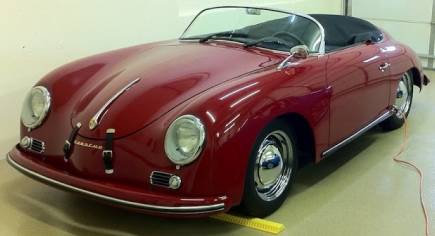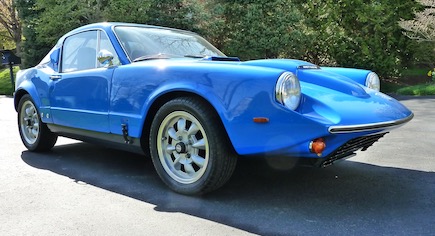Introduction to Electric Conversions

The conversions described here all use LiFePO4 battery chemistry that slightly differs from Tesla lithium technology. Our batteries do not suffer from a heat runaway effect and thus do not require a sophisticated battery management system. Other the other hand, these large prismatic cells -- they resemble old fashioned phone books -- are not as energy dense, and therefore vehicle range is somewhat reduced.
The alternating current electric motors are configured to provide regenerative braking via a 5-volt control circuit.
In contrast to commercially manufactured EVs like the Tesla, our vehicles run at a relatively low voltage -- around 125v -- and are easily recharged with typical 120VAC household current so no special charging station or equipment is required.
Use the navigation links in the left column, grouped by vehicle project, for conversion details.
For background information about prismatic format LiFePO4 battery cells, read the Battery Form Factor white paper (PDF).
The Cars
Porsche 356 Speedster

The iconic Porsche Speedster proved to be an excellent EV conversion candidate due to its low weight, relatively simple design, and ample front/rear compartments for mounting pristmatic lithium battery cells. Weight distribution was improved over the original rear engine configuration with better acceleration and overall performance.
Saab Sonett

The unusual fiberglass Sonett, originally powered by a Ford V4 engine, combines a low center of gravity and front wheel drive, optimal for our high performance EV conversion. Without the need to accomodate a long drive train, the space behind the two seats was used for additional batteries. The original four-speed transmission remains intact along with the braking system.